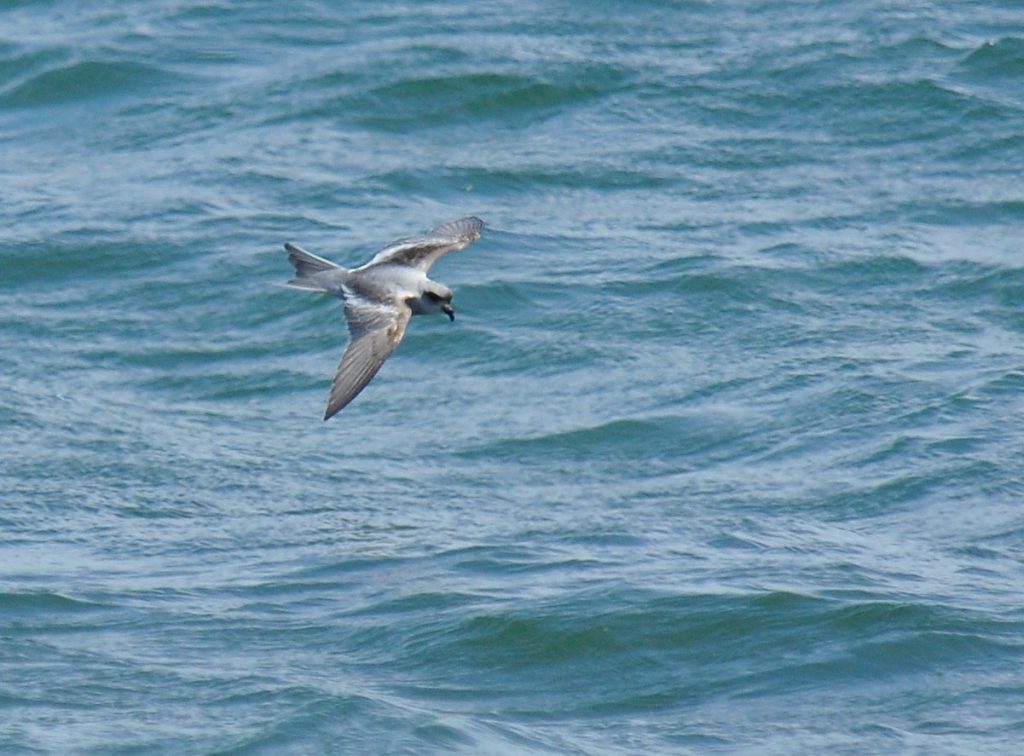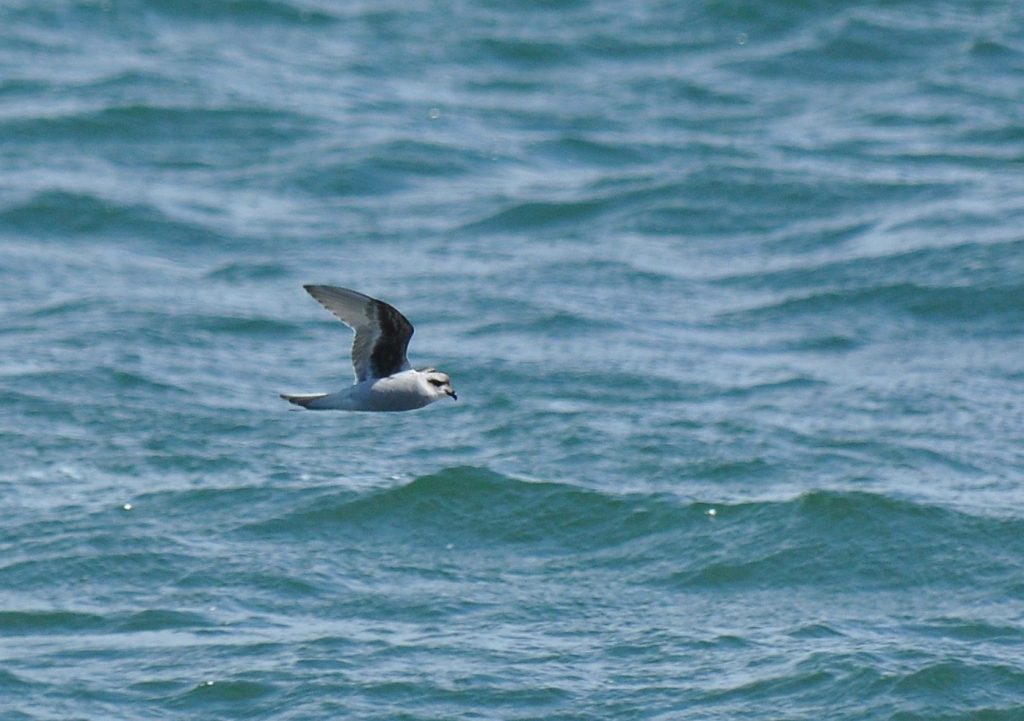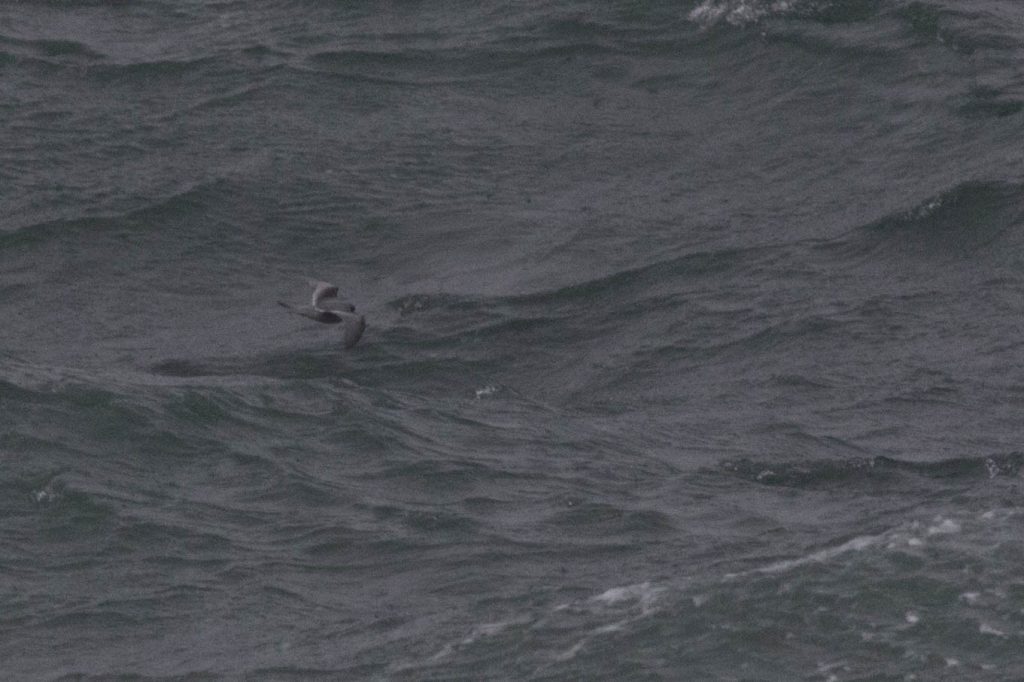This is a species that can be regularly seen from shore during the summer and fall, especially during inclement weather, but does not breed locally and is never reliable given its pelagic nature. There are only a handful of May records for this species, which is usually not seen until after the 20th of June with regular sightings often not until early-mid July. They are seen most often from mid-July to mid-August, with regular sightings throughout the rest of fall into late September and early October. At least two late winter/early spring records exist and the abundance of this species outside of the traditional spring/summer/fall periods is poorly known.



